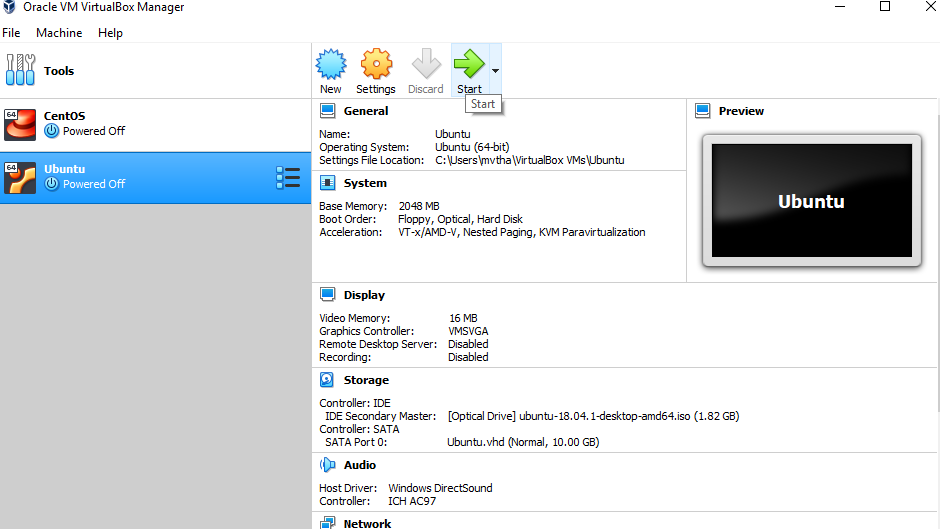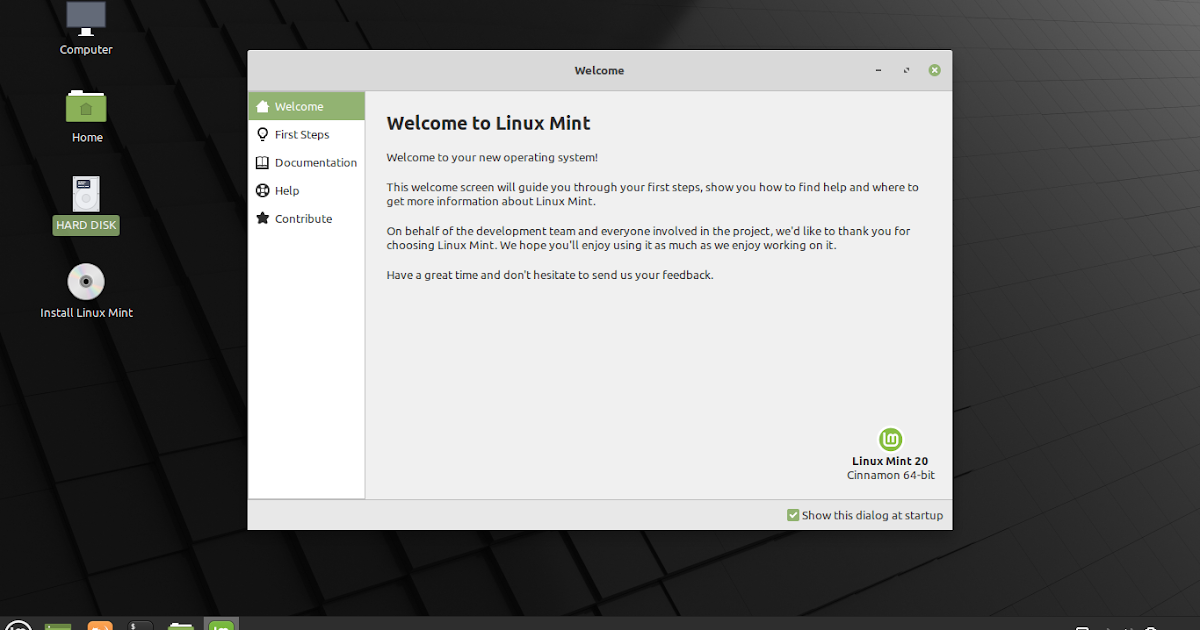
- #HOW TO INSTALL LINUX ON BLANK HARD DRIVE PORTABLE#
- #HOW TO INSTALL LINUX ON BLANK HARD DRIVE PC#
- #HOW TO INSTALL LINUX ON BLANK HARD DRIVE ISO#
- #HOW TO INSTALL LINUX ON BLANK HARD DRIVE WINDOWS 8#
This feature takes some shortcuts when it comes to booting and also makes the NTFS filesystem remain in a dirty state, making it unwriteable from Linux.
#HOW TO INSTALL LINUX ON BLANK HARD DRIVE WINDOWS 8#
It's worth noting that Windows 8 and 10 have an Fast Startup or Fast Boot feature.


It also has an option to support Intel Rapid Start Technology which does get in the way of booting to multiple OS. For example, my Intel NUC has an option called Fast Boot which won't let me choose an alternative boot device at startup. Many boards come with some sort of "fast boot" or "boot optimization" options.

I suggest turning off Secure Boot if possible. Even though Ubuntu does support Secure Boot (it comes with signed bootloaders) I have no idea if my method uses the signed bootloaders or not. I have only tested these instructions with Secure Boot turned off. Below is a selection of problems that got me moderately stumped along the way. Given enough experience and patience you can work around them. Nowadays, in the interest of security, performance and backwards compatibility, there are many semi-hidden options and features which can get in your way. Having a dual- or multi-boot system isn't as straightforward as it used to be a decade ago. You are going to make changes to your computer. Remember to take backups of all your critical files and folders before continuing.
#HOW TO INSTALL LINUX ON BLANK HARD DRIVE PORTABLE#
It is tough, but I'm writing this from my portable Ubuntu Linux installation running off a USB-attached SSD! What you need Moreover, all the preparatory work has to be performed using a single-boot Windows computer without ending up having a dual boot system.
#HOW TO INSTALL LINUX ON BLANK HARD DRIVE PC#
That entails having the Linux installation on an external, USB-attached hard disk drive which can boot with relative ease on any UEFI-enabled PC (driver compatibility notwithstanding). Moreover, a decent, up-to-date, bootable Linux environment is a great backup in case all of my other computers are broken, infected or stolen. Sometimes a virtual machine won't cut it for me typically due to memory, disk and performance limitations. You can then open Etcher and continue with the installation process detailed earlier.I regularly have the need to try things out on Linux. This will open a dialogue where you need to set the format to MS-DOS (FAT) and the scheme to GUID Partition Map. Insert your USB drive and select it in Disk Utility. However, if you create the installation media on a macOS device, you'll need to format the USB drive using Apple's Disk Utility first.īefore opening Etcher, navigate to Applications > Utilities > Disk Utility. Overall, the process is the same whether you use a Windows, macOS, or Linux PC. Select Flash and follow the on-screen prompts to begin the operation.

From the drop-down menu, select your chosen USB drive.Īfter making those two choices, the third stage will become available.
#HOW TO INSTALL LINUX ON BLANK HARD DRIVE ISO#
The first step is to click on Select image and navigate to where you saved the Ubuntu ISO and select it. Launch balenaEtcher on your computer and a dialogue screen will open, showing a three-part process.


 0 kommentar(er)
0 kommentar(er)
